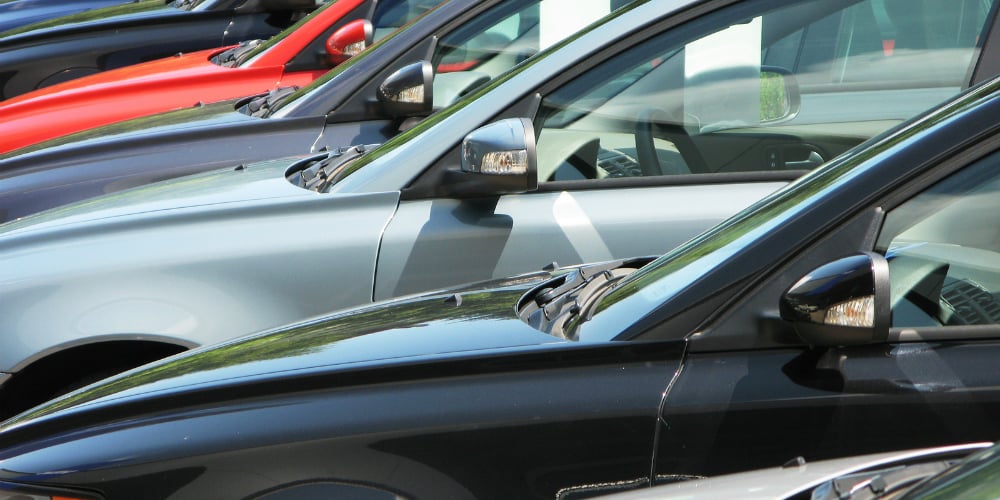3 factors impacting GAP in 2019

Rising costs, depreciation values, and total loss claims are disrupting the way the auto market is doing business as dealers, lenders, and consumers grapple with how to best handle the strain on finances and resources. GAP is one ancillary product that is being impacted by the economic factors and continuing to cause concern for lenders and consumers in 2019.
Many consumers assume that their insurance policy is enough to cover the remaining balance on their loan if their car is ever totaled or stolen. Unfortunately, that is not always the case as the actual cost value (ACV) of the car decreases over time. GAP (short for Guaranteed Asset Protection) is a popular add-on for car buyers that, according to the Consumer Finance Protection Bureau, is an optional product meant to help cover the amount, or ‘gap’ between what insurance will pay for a totaled car and the remaining balance on the loan.1
This is a helpful option for buyers, because it’s a tough situation for lenders and consumers alike if the car becomes damaged or totaled, but the insurance pay out does not fully cover the outstanding balance owed on the vehicle. This is known as an ‘upside down’ loan. According to Edmunds, there’s millions of upside-down trade-ins that happen annually, which can lead to a strain on finances for both the consumer and lender in the event of a total loss.2 This strain, particularly on GAP claims, is emerging from various market conditions, with three main factors to consider.
continue reading »




